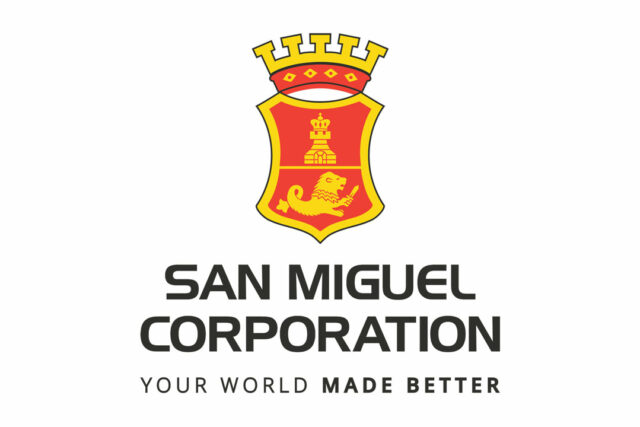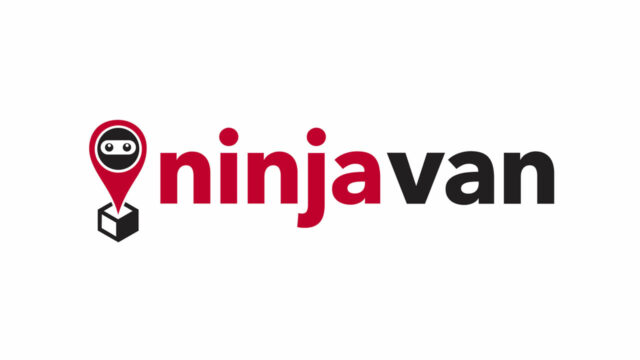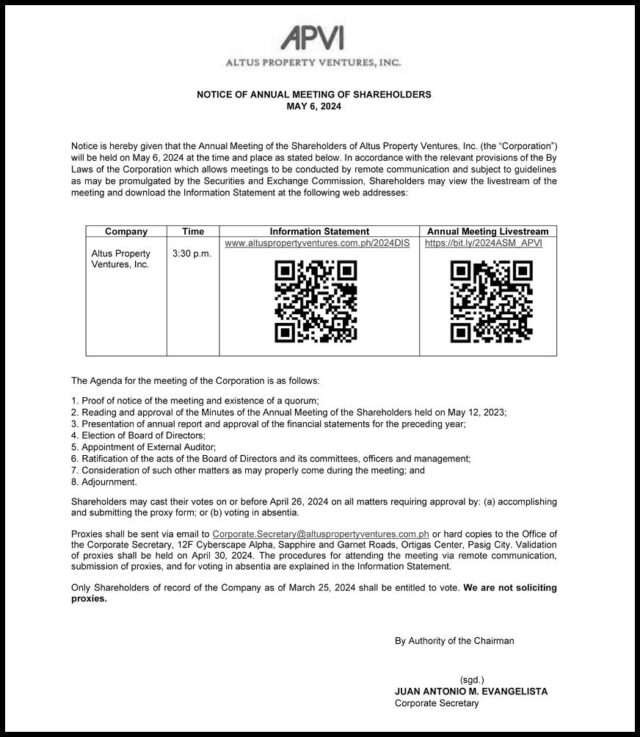TAYLOR SWIFT will be back on stage next month for the European leg of her wildly successful Eras tour, racking up miles as her private jet carries her from Paris to Stockholm to Lisbon.
To counter her emissions, the recently minted billionaire is doing the same thing as longtime ultra-rich jetsetters like Jeff Bezos and Bill Gates: buying carbon offsets.
Ms. Swift, according to her publicist Tree Paine, purchased more than double the credits needed to offset all her travel before her Eras concert tour kicked off in March 2023. In theory, that means the pop star’s private-jet use is more than just carbon neutral — it’s carbon negative, benefiting the environment.
But such straightforward accounting is complicated by the reality of the carbon market, a controversial tool in the fight against climate change. Proponents say it’s necessary to encourage people and companies to offset their inevitable emissions. Others say the market lacks transparency and has a wide variance in the quality of credits.
Barbara Haya, director of the Berkeley Carbon Trading Project, and Gilles Dufrasne, global carbon markets policy lead at Carbon Market Watch, broke down why Ms. Swift and other billionaires purchase these offsets and the nuances of the still-nascent market.
How does the carbon offset market work?
Someone sets up a project that’s meant to reduce the amount of greenhouse gases in the atmosphere, either through prevention or removal, and they finance it by selling credits.
The projects, which range from technologically intensive carbon capture to allegedly “saving” trees, are verified by third-party registries such as American Carbon Registry and Gold Standard before they’re listed and sold as credits. Each one represents a metric ton of carbon, so if a project is selling 50 credits, it’s meant to prevent or eliminate 50 tons of carbon from the atmosphere.
Once a credit is purchased, it can be sold again until it’s “retired,” meaning it’s been used to offset emissions. The public can only see who purchased which project once that happens.
Can the public see any of Swift’s credits?
So far, there’s no evidence that the pop star has retired any of her credits.
Ms. Haya helps maintain the University of California at Berkeley database that tracks historical issuances and retirements for several of the biggest voluntary carbon credit registries. There’s no record of anything tied to Taylor Swift through the end of 2023, the latest date for which information is available.
There are several reasons Ms. Swift’s credits might not show up here — she may have bought them elsewhere, not retired them yet, or chosen to list herself as “Anonymous.”
Tree Paine, Ms. Swift’s publicist, didn’t respond to multiple requests for clarification and further information on the credits Ms. Swift bought.
How much carbon do Swift’s jets emit?
Ms. Swift’s two planes, both Dassault Falcons, spent 364 hours in the air last year, emitting roughly 1,216 metric tons of carbon dioxide, according to data provided to Bloomberg by aviation tracker JetSpy. That’s equivalent to the annual emissions of around 81 average Americans. (Earlier this year, Swift’s Dassault Falcon 900 changed hands to a limited liability company registered in Missouri, according to Federal Aviation Administration records.)
Ms. Swift would have had to buy at least 2,433 credits to cover more than twice the carbon emitted by her two jets last year.
What’s the problem with not knowing specific credits?
Experts say the market for carbon offsets is opaque, fragmented, and unregulated, and some credits do virtually nothing to slow the effects of climate change.
“If anyone — a company, a wealthy person, an airline — says they’re buying carbon credits, it’s basically meaningless unless they’re going to say which credits they bought,” Ms. Haya said.
Although each credit is meant to represent one ton of carbon dioxide prevented or removed from the atmosphere, they typically represent “a lot less,” according to Mr. Dufrasne. In some cases, you’d need to buy 10 times as many credits to successfully cover your emissions, he said.
Ms. Haya and Mr. Dufrasne agree that at a bare minimum users of carbon credits should share exactly what they bought: what project, what year, what registry, and what due diligence they did to ensure their quality.
In October, California enacted a new law that requires any entity that purchases or uses voluntary carbon offsets to disclose annually where they bought the credits and the project’s name, identification number, type, and location. Ms. Haya said it’s unclear whether it applies to individuals or just companies, but said it’s part of a broader push for more transparency from those making claims about their carbon footprint.
How much do these offsets cost?
The price of credits on the market varies dramatically.
Mr. Gates said in 2021 he was paying $600 a ton for credits from Swiss company Climeworks. Leonardo DiCaprio, meanwhile, was dubbed America’s “first carbon neutral citizen” more than 20 years ago after he worked with UK firm Future Forests, which bought carbon credits from a forest project in Mexico for just $13 a ton, according to the project’s 2002-03 annual report. (A spokesperson for DiCaprio didn’t respond to a request for comment.)
An expensive project doesn’t necessarily ensure quality, but a cheap project is definitely a red flag, said Haya, who has studied the market for two decades.
“Often, low prices are an indication that the funding isn’t enough to really enable the claimed emissions reductions,” she said. “I’d be really wary of low-cost projects.”
Have any billionaires been critical of the market?
Gates, for one, has questioned the market’s credibility.
He has not used carbon markets or third-party credits before because he has not considered those to be reliable or rigorous enough,” a spokesperson for Gates said in an e-mail.
Instead, he has spent “millions of dollars” buying carbon removal offsets directly from Climeworks, which has also contracted with Microsoft Corp., JPMorgan Chase & Co., and UBS Group AG, among others. Climeworks uses direct air capture technology to remove carbon dioxide from the atmosphere, though it currently has contracts to remove far more CO2 than it’s delivered on.
Others have run into problems after making bold claims. Former Microsoft Chief Executive Officer Steve Ballmer partnered with a carbon-offset company called Aspiration to make his new home for the Los Angeles Clippers “the most sustainable arena in the world.” They’ve since cut ties and the Justice Department and Commodity Futures Trading Commission are investigating whether Aspiration misled customers about the quality of its offsets, Bloomberg News reported earlier this year. — Bloomberg




















